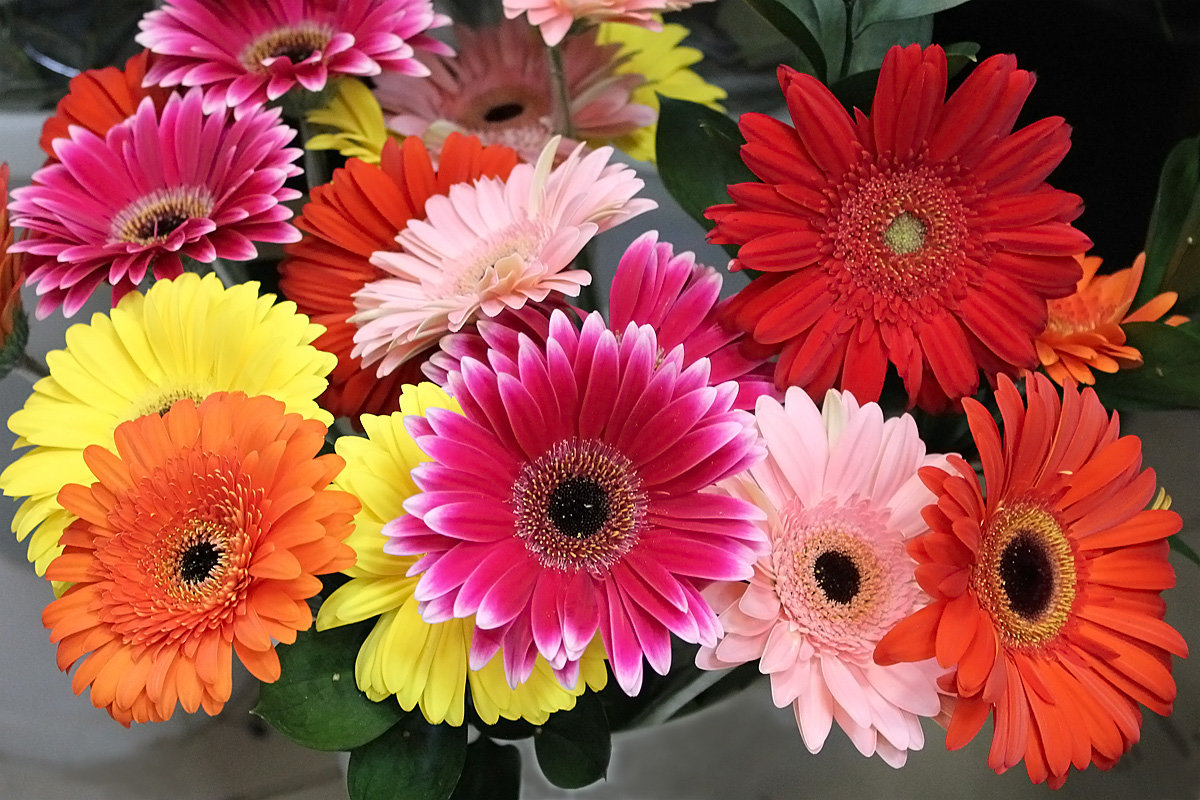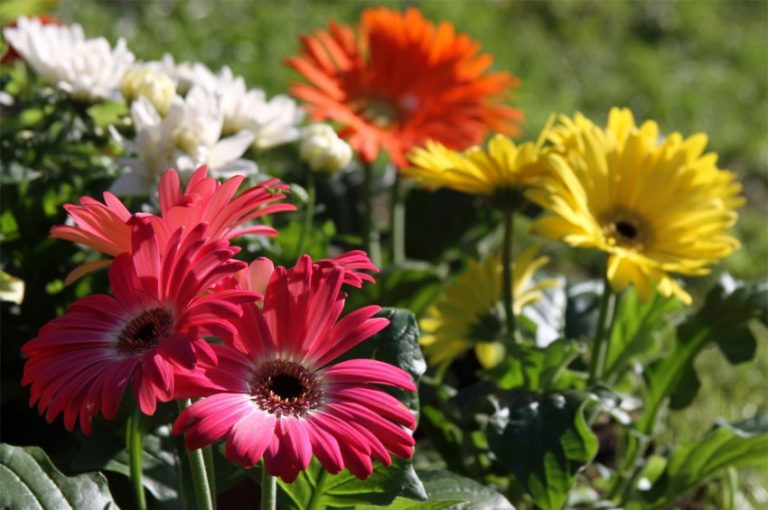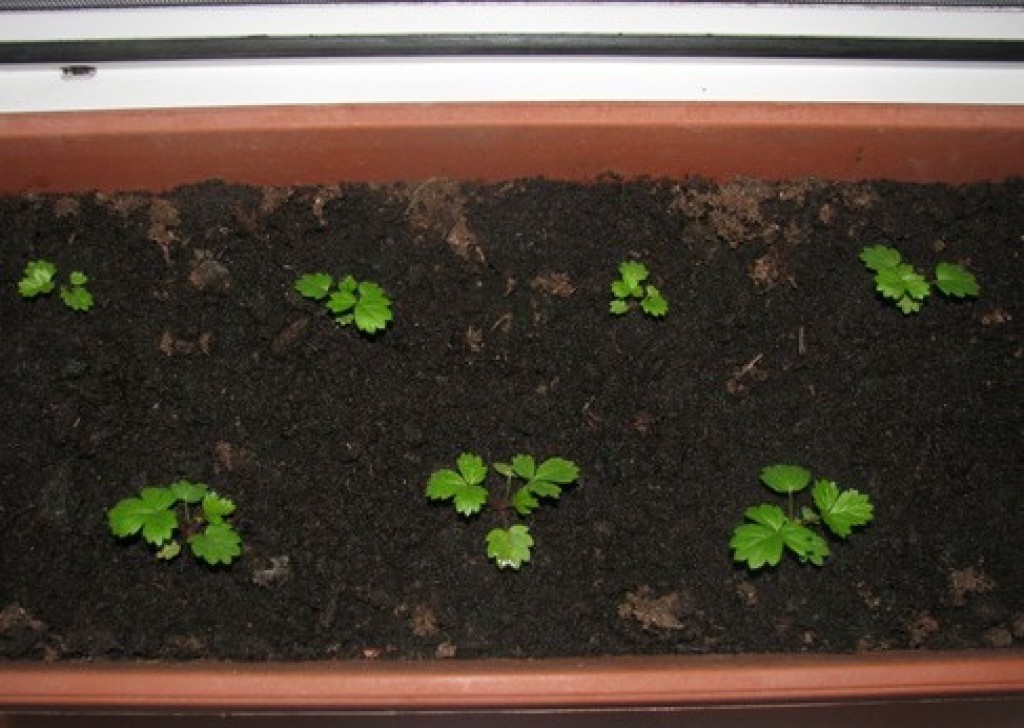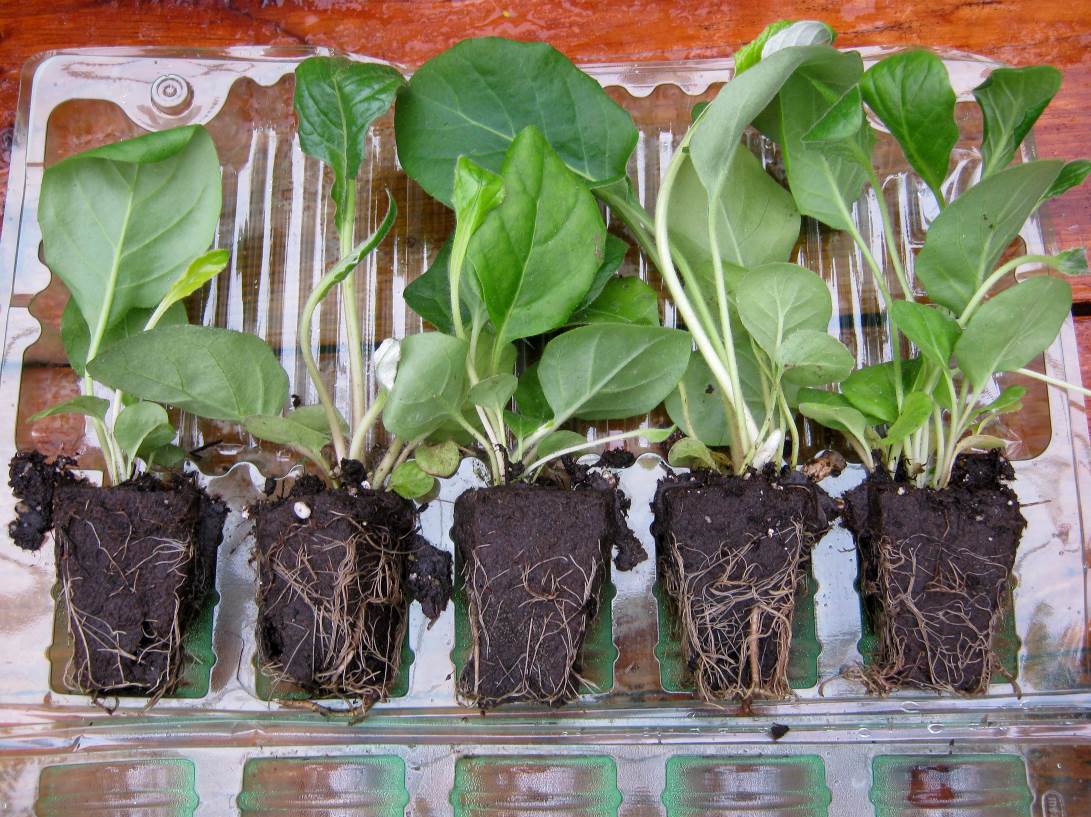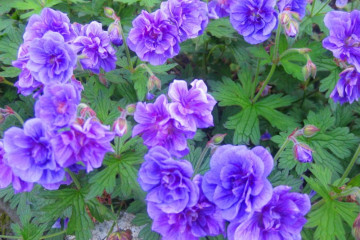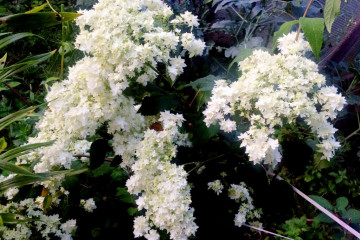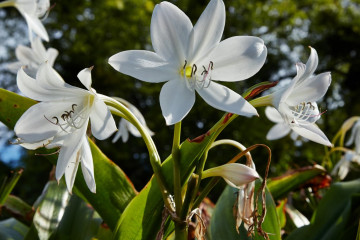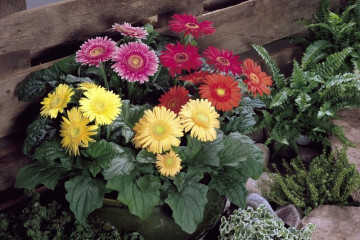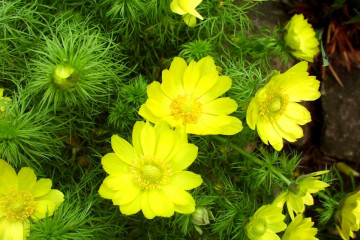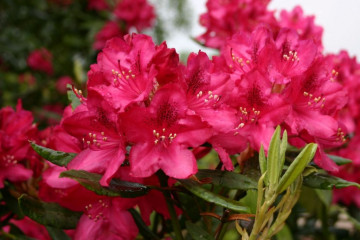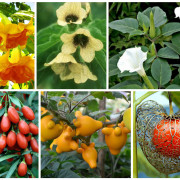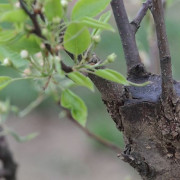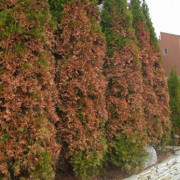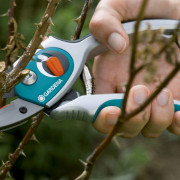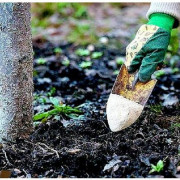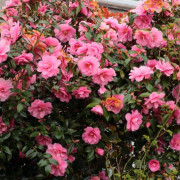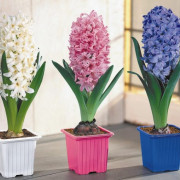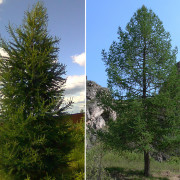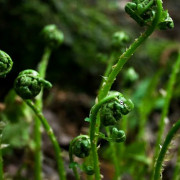Gerbera flower garden planting and outdoor care
Content:
Gerbera garden planting and caring for which gardeners are increasingly interested in, looks like a large chamomile. Until recently, they were wary of this beauty and considered her capricious and demanding to care for. Recently, the situation has changed dramatically, gerberas are increasingly taking pride of place in flower beds, breeders from year to year replenish their collections with new varieties. The variety of colors is amazing. Even the most demanding beauty connoisseurs will definitely find a variety that suits their needs.
What does a garden gerbera look like?
The decorative street gerbera is a representative of the Astrov family and has a powerful root system. It comes from African countries, like garcinia and gardenia. The plant has a shortened stem and a compact bush. In the root zone, there is a rosette of light green leaves.
The flowers are single, large. The heart of the baskets is light or yellowish-green. Gardeners often compare gerberas with chamomiles or echinacea. However, unlike the last two plants, they have a wider color gamut. There are not only ordinary, but also double, semi-double species.
In total, over 80 species of this flower are known today, but gardeners prefer hybrids and varieties with high decorative qualities. At the same time, they are grown not only in the garden, but also in indoor conditions. Breeders have already bred more than a thousand varieties, based on the green-leaved and Jamson's gerbera. Most of all, flower growers loved:
- Romeo;
- Mars;
- Alcor;
- Parade;
- Elegans;
- Vincent;
- Migar;
- Jupiter, etc.
Popular varieties of garden gerberas
There are not as many varieties of this flower as there are varieties, but they are the basis of choice for a gardener. Their description and characteristics make it possible to determine whether a plant is suitable for growing in certain conditions, and what features of agricultural technology it has. After all, gerberas in the garden, the cultivation and care of which require certain skills, can bring not only aesthetic pleasure, but also certain troubles.
Gerbera Jameson
This species is actively grown not only in the garden, but also indoors. Strong bush, feathery foliage, collected in a socket. The peduncle is not very high. Outwardly, the flower looks like a daisy.
The diameter of the cap reaches 10 cm. The flowering period lasts 3 weeks. The colors are attractive and bright.
Hybrid species Garvinea Sweet Dreams
This type is one of the novelties presented to the attention of gardeners. The height of the bush reaches 0.45 m, its diameter is 0.4 m.Each gerbera simultaneously produces up to 20 peduncles.
The color range is rich. The flowering period lasts from spring to autumn frosts.
Klondike
A large plant with a bush height and diameter of about 0.45 m. Each plant forms up to 50 peduncles per season. The variety of shades is huge.
The flowers are semi-double, their diameter reaches 12 cm. The flowering period lasts from July to October.
Abyssinian
The root rosette of this perennial consists of elliptical leaves. A characteristic feature is that young foliage is slightly pubescent.
Reed-type flowers, most often painted white, sometimes have reddish tints.
Gerbera orange
The rosette of the flower consists of elliptical leaves. Small bush, thick rhizome. Basket-type inflorescences are colored in the following colors:
- Orange;
- bright red;
- pink;
- dark scarlet;
- yellow.
The middle flowers are sometimes black or dark purple.
Gerbera Wright
The rosette in this species consists of pinnate or lobed leaves. The peduncle is long, at the end of it a flower is formed that looks like a large chamomile. The middle of it is painted yellow or white. The color of the petals can be:
- red;
- orange;
- purple;
- yellow;
- pink.
Gerbera Vega
This species was bred by American breeders. It differs from other varieties in large inflorescences, which reach 13 cm in diameter, and narrow long petals.
The length of the peduncle is about 0.7 m. The color of the flowers is yellow-orange.
Outdoor garden gerbera care
Many novice florists have a question: how to grow gerbera flowers? They belong to the thermophilic plant species and require some care and attention. In response, they will be thanked with exuberant and long flowering and will become a worthy decoration of the flower bed.
Suitable lighting
Gerbera is a very light-loving plant, therefore, when planted in open ground, the most well-lit areas are distinguished under it.
In the summer, when the sun's rays are especially scorching, you will need to organize light shading. In spring and autumn, gerberas find it difficult to adapt to short daylight hours, so they often prefer to plant garden gerberas in pots and arrange additional lighting for them.
In a greenhouse, the plant blooms actively from spring to late autumn.
Watering and humidity
Gerberas like air with high humidity, but you should not spray moisture directly onto the inflorescences. Also unacceptable is water stagnation or excessive soil moisture.
Gerberas do not tolerate the contrast between the ambient temperature and the water used for irrigation. The frequency of watering depends on the ambient temperature and the prevailing weather. With frequent precipitation, irrigation is reduced to a minimum and is guided by the state of the upper soil layer.
Spraying
Like other flowers, gerberas are negatively affected by pests and pathogens. In order for the flower to remain beautiful and healthy, it is necessary to timely carry out preventive spraying with insecticides and special-purpose fungicides, which can be purchased at gardening stores.Work is carried out in dry and calm weather in the evening or early in the morning, so that drops on the leaves do not provoke burns from the scorching sun's rays.
Choosing the right soil
Many gardeners love gerberas. However, how to grow such beauty in the country? This is best done on soils with neutral acidity and high levels of moisture - and breathability. A pre-selected area is dug up, cleaned of weeds, and peat and sand are introduced.
To eliminate the likelihood of disease, the soil should be shed with a hot solution of weak potassium permanganate.
Feeding methods
It is unacceptable to use manure or humus as top dressing for gerbera, since they provoke the development of fungal diseases. They use exclusively complex mineral preparations intended for flowering plants. During the growth of green mass, the garden gerbera is fertilized mainly with nitrogen-containing agents. With the beginning of the appearance and blooming of buds, the flower needs potassium and calcium.
Top dressing is carried out with a frequency of 1 time in 14 days, however, the dose indicated on the package is halved.
How to ensure the wintering of gerberas
If the gerbera is grown in southern climates where winters are mild and warm, then it can be left outdoors to provide good protection. After the end of the flowering period, all flower stalks are cut off, the number of irrigations is reduced, fertilizers are completely stopped to be applied. The root zone at the end of September is carefully covered with straw, hay or fallen leaves.
Now there are winter-hardy gerbera hybrids that can withstand even temperatures down to -10 ° C in the open field, but even they need a good shelter.
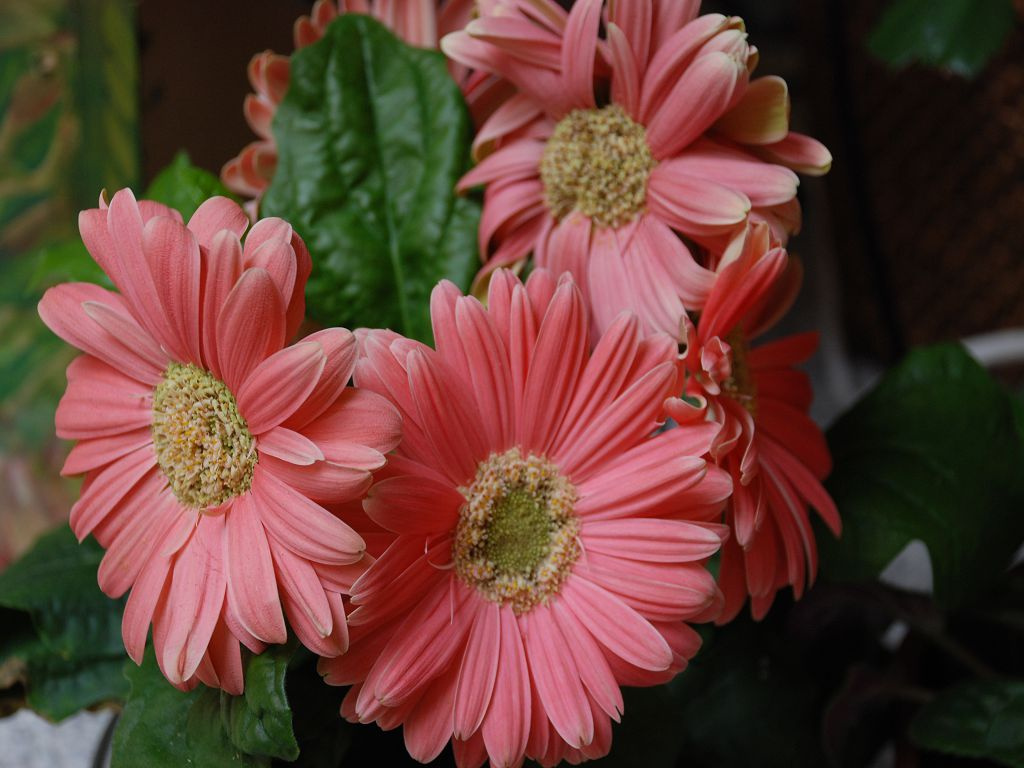
For the winter, it is better to send a gerbera to a room with a stable temperature and low humidity.
Due to the peculiarities of the climate in the middle lane, this plant is cultivated mainly as an annual. Gardeners feel sorry for ruining such beauty. They prefer that their favorite gerbera variety pleases with paints for more than one year and is cultivated as a perennial. In this regard, in the fall, the flower is dug up together with a lump of earth and transplanted into a container of a suitable size. You can place it in a basement with low humidity and stable temperature. The last indicator should not rise more than up to + 15 ° С. Occasionally, the gerbera is watered.
Standard home conditions are not very well suited for wintering a flower.
When and how it blooms outdoors
Gerbera is characterized by a long flowering period that lasts almost all summer. Flowers are of double, regular or semi-double appearance. They are of a single type, large, in shape they resemble a daisy or chamomile.
The optimal conditions for the beginning of flowering of gerbera are considered to be a stable warm temperature (about + 22-28 ° C) and a sufficient level of humidity. You also need an adequate supply of nutrients and trace elements.
How gerbera breeds outdoors
There are several proven methods that allow growers to propagate a garden gerbera on their own.
Germinating seeds
Florists call the main disadvantage of this method that it is not possible to preserve the varietal qualities of the mother plant. The new flower changes color, size and other important characteristics.Therefore, in order to obtain gerbera with already known and desired characteristics, it is better to purchase seed in trusted stores.
Plants grown from seeds will delight the first flowering only after 10-11 months. For sowing, you will need to mix 2 parts of turf, 1 part each of humus and leafy soil, as well as coarse sand. Low elongated pots equipped with drainage holes are used as a container.
Gerbera seeds are sealed to a depth of 0.2 cm. Better yet, just spread them on a pre-moistened soil, sprinkle a little dry on top. After that, the vessel must be covered with glass or cellophane. This condition must be met for successful seed germination. After 10 days, shoots should appear. When the seedlings form 3-4 true leaves, they can be dived into separate pots.
Rooting cuttings
When using this technique, it will not be possible to obtain a large number of seedlings, but the varietal characteristics will fully correspond to the parent plant. In addition, young gerberas will have high growth potential. To root the plantings, you will need to create special conditions, namely, to maintain a constant temperature and high humidity.
A gerbera bush is dug up, a leaf outlet is cut off and the roots are planted in a greenhouse. After a couple of weeks, shoots will begin to grow from the air buds, which will serve as material for future cuttings. As soon as at least 2 leaves are formed on the shoots, they are carefully cut so that the length is about 1 cm. After that, the cutting should be planted in a nutrient mixture of peat, river sand and perlite.
After 2 weeks, roots form on the cuttings, but they can be planted in separate pots only after a month.
Possible problems and mistakes when growing
Even long-term experience of flower growers does not insure them against mistakes associated with growing gerbera. The flower sometimes, for no apparent reason, begins to shed its buds, loses its decorative qualities. You should immediately figure out what caused such consequences, and take measures to prevent and treat the plant.
Drops buds and leaves
These symptoms can be caused by several reasons:
- lack of light;
- moisture deficiency;
- inconsistency in temperature conditions.
You need to carefully analyze all the factors and try to eliminate their negative impact.
Leaves turn pale
The blanching of the leaves of a gerbera can be triggered by an excess of sunlight. In order for the flower to feel good, at noon it needs to organize a light shade from direct sunlight.
The tips of the leaves dry
Such a problem sometimes arises due to a lack of calcium in the soil or due to insufficient air humidity. Feeding should be done with a calcium-containing preparation, open containers of water should be placed near the gerbera.
The lower leaves fall
This symptom often occurs due to excessive soil moisture or lack of light. Gerberas planted in the garden, which are grown under trees, begin to hurt and lose their decorative effect. It is necessary to adjust the watering so that the topsoil has time to dry out.
Garden gerbera flowers, planting and caring for which can be troublesome for both beginners and experienced gardeners, become the real pride of the flower bed.All costs and efforts are fully justified by the luxurious flowering and riot of colors. You just need to properly care for the garden beauty and surround her with love.







